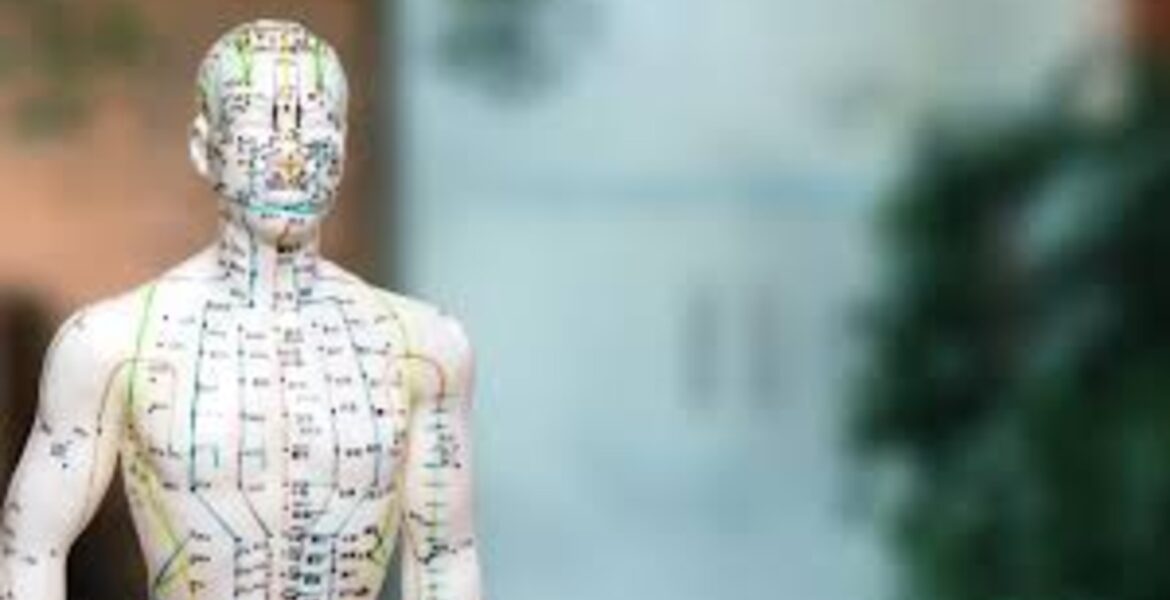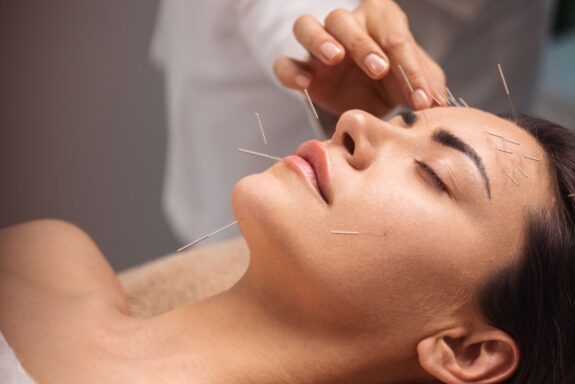
While the practice of acupuncture has often been popularized through social media or entertainment, these social mediums usually neglect to explain the background and facts of acupuncture. For that reason, this post will center on the common questions new, and even some returning patients, may have about acupuncture: where does it come from, what is it, how does it work, and can it truly help me manage my condition?
Where does acupuncture come from?
Acupuncture falls under the umbrella of Traditional Chinese Medicine (TCM), originating in Ancient China around 3000 years ago. The first known documentation of acupuncture comes from around 100 BCE, in The Yellow Emperor’s Classic of Internal Medicine, one of the earliest and most important medical texts in Ancient China that outlined acupuncture as a diagnosis-treatment practice, like contemporary Western medicine. In 1680, Willem ten Rhijne became the first European physician to document acupuncture; however, it was not until the 18th century that acupuncture became the subject of interest in places like the United States and the United Kingdom. While it did take a while to gain momentum outside of China, acupuncture had a global resurgence in popularity in the late 20th century. In 1997, the National Institutes for Health (NIH) recognized acupuncture as mainstream medicine, reporting that there was positive evidence for acupuncture’s effectiveness. This brings us to today, where acupuncture is at the forefront of TCM and holistic medical practice!
What is it and how does it work?
Acupuncture, put simply, is the medical practice of inserting and manipulating needles at certain key points on your body to restore your qi (pronounced “chi”) flow. Qi is the body’s vital energy, and it flows along pathways called meridians. When qi flow is blocked, this can cause an imbalance in your body’s natural balance, often referred to as yin and yang, and this is what leads to illness or disease. TCM places a heavy emphasis on the imbalance between yin and yang and the obstruction of qi flow as the root causes of illness and disease. While there are many TCM treatments, acupuncture is one of the major practices in TCM for restoring qi flow, and this is done by placing extremely thin needles into one of your body’s 2000+ acupuncture points. These needles are then stimulated, either through low-level electrical stimulation or hand stimulation. Acupuncture points are strategically placed along your body’s meridians and needle insertion and stimulation can remove qi obstructions and improve your overall health.
Can it help me and my condition?
Acupuncture is one of the oldest forms of patient care, with its uses stretching across a massive net of conditions and overall health goals. It is one of the leading TCM practices in terms of preventative wellbeing, disease treatment, and even fertility support care. Some conditions that research has found acupuncture to be effective include peripheral neuropathy, migraines, digestive disorders, infertility, and many more. Here at Essence Acupuncture, with our highly skilled team of professionals, we are confident that our acupuncture services can help you achieve your overall health goals. If this quick introduction to acupuncture was interesting to you, feel free to schedule an appointment by calling us at our number, 210-236-5862, and we will be more than happy to get you started on your wellness journey! We are excited to see you!
References:
Cleveland Clinic medical. (2024, May 1). Acupuncture. Cleveland Clinic. https://my.clevelandclinic.org/health/treatments/4767-acupuncture
Hao, J. J., & Mittelman, M. (2014, July 1). Acupuncture: Past, present, and future. PubMed Central. doi: 10.7453/gahmj.2014.042
Johns Hopkins. (2024, June 20). Acupuncture – Integrative Medicine. Medicine – Wellness and Prevention. https://www.hopkinsmedicine.org/health/wellness-and-prevention/acupuncture



